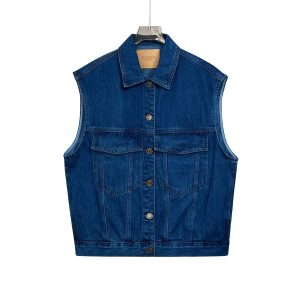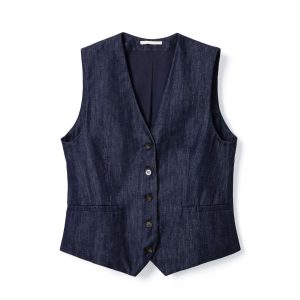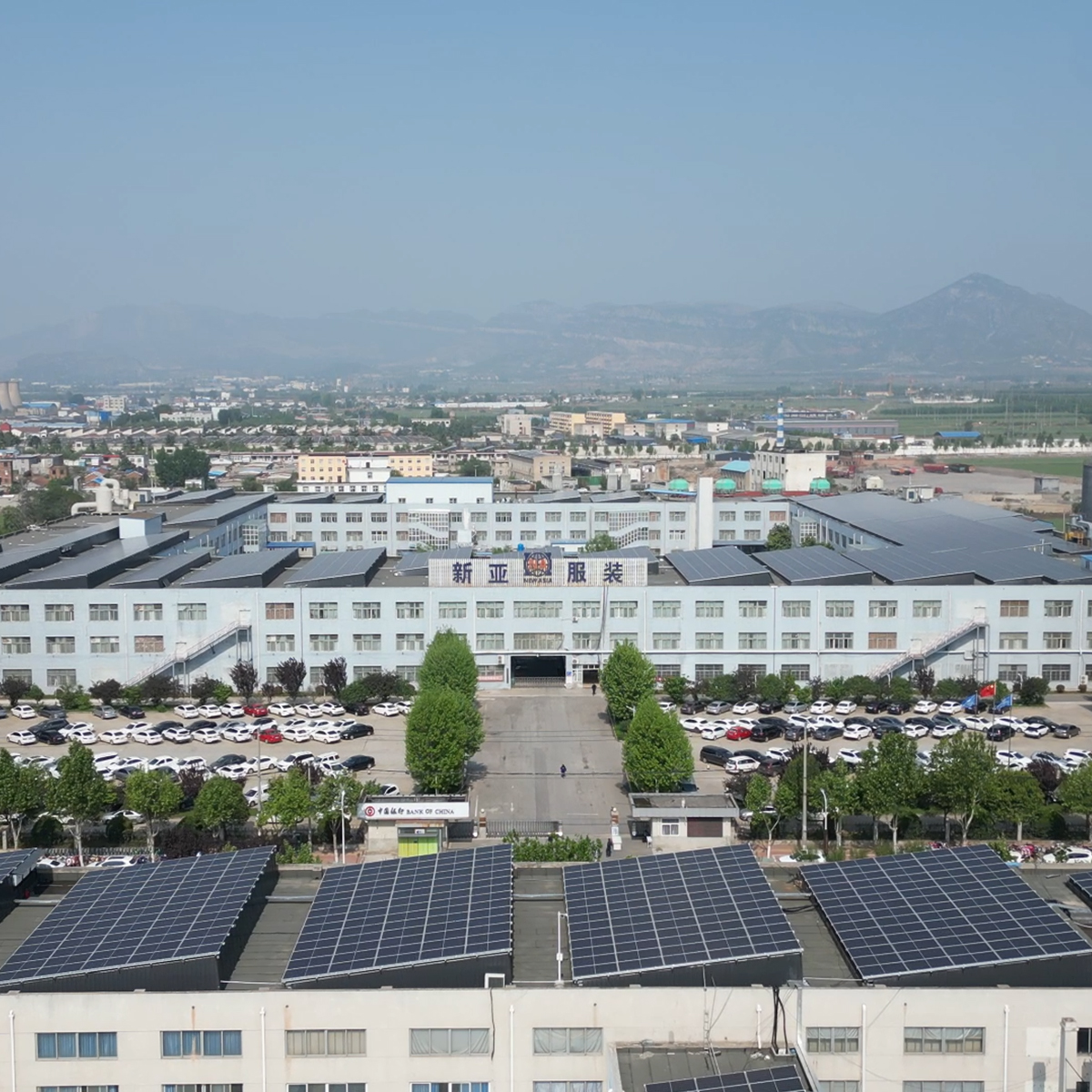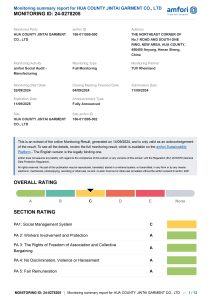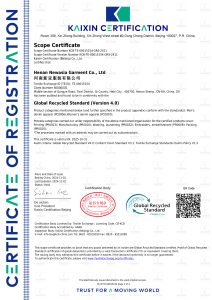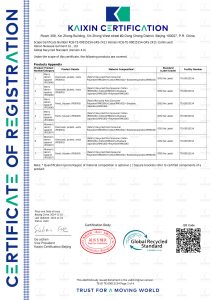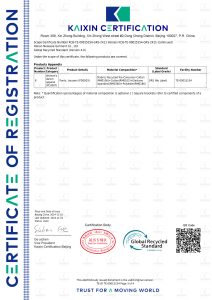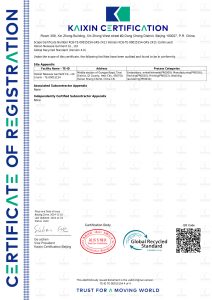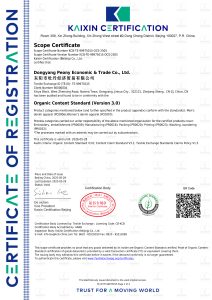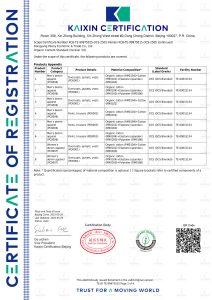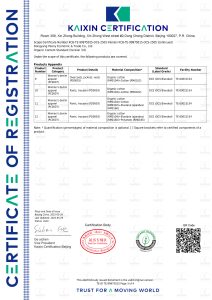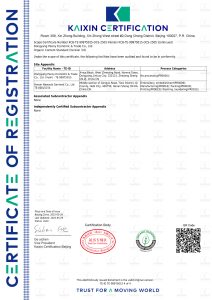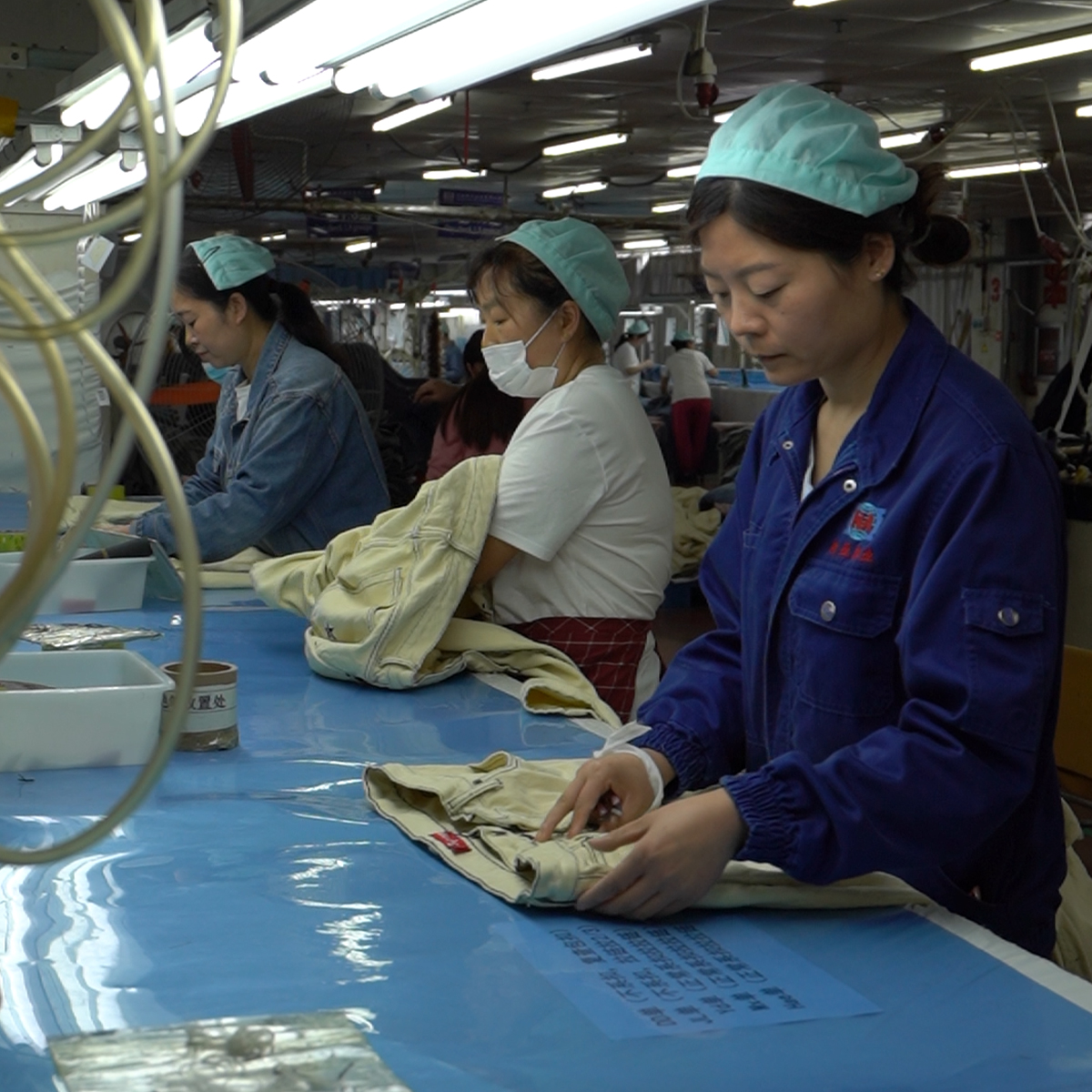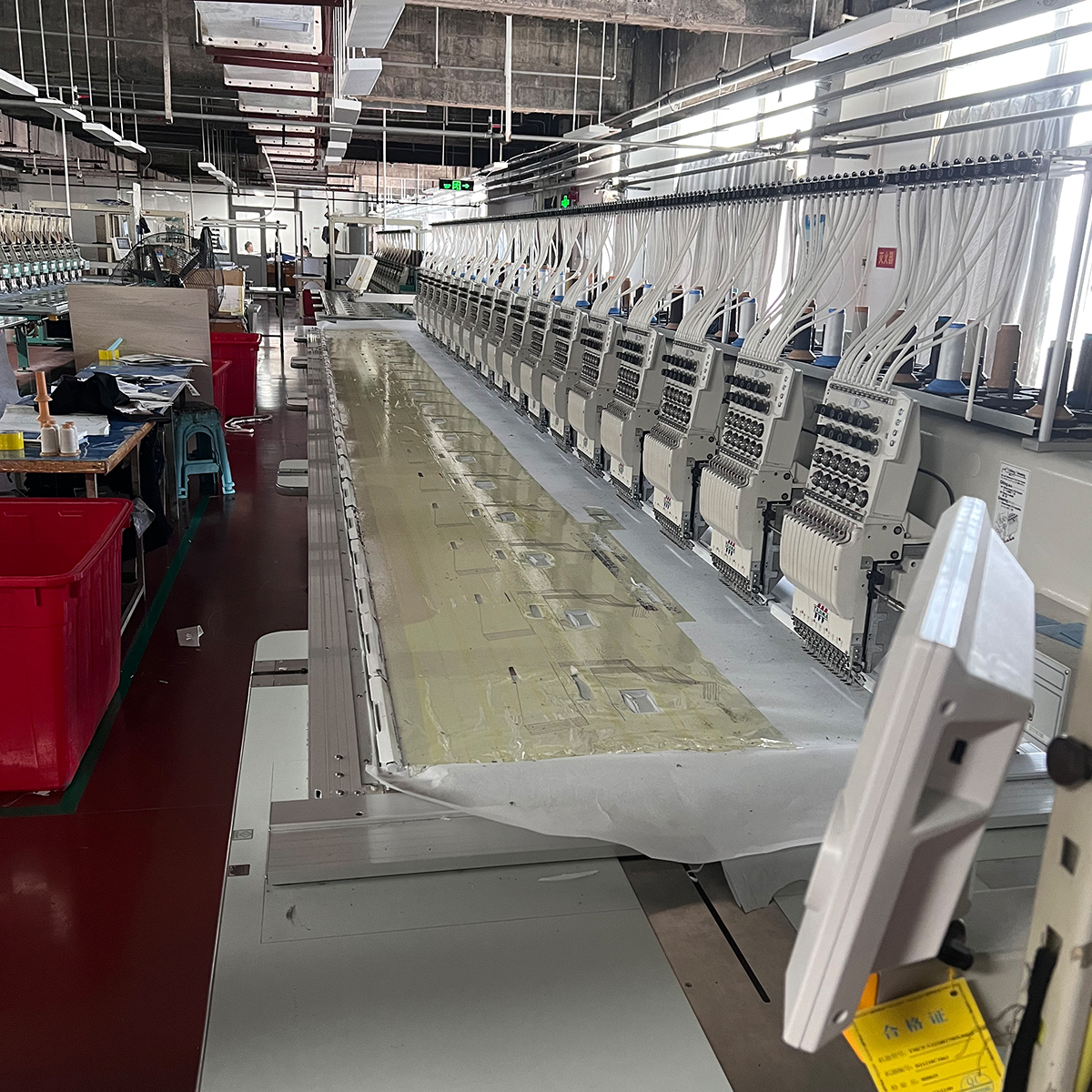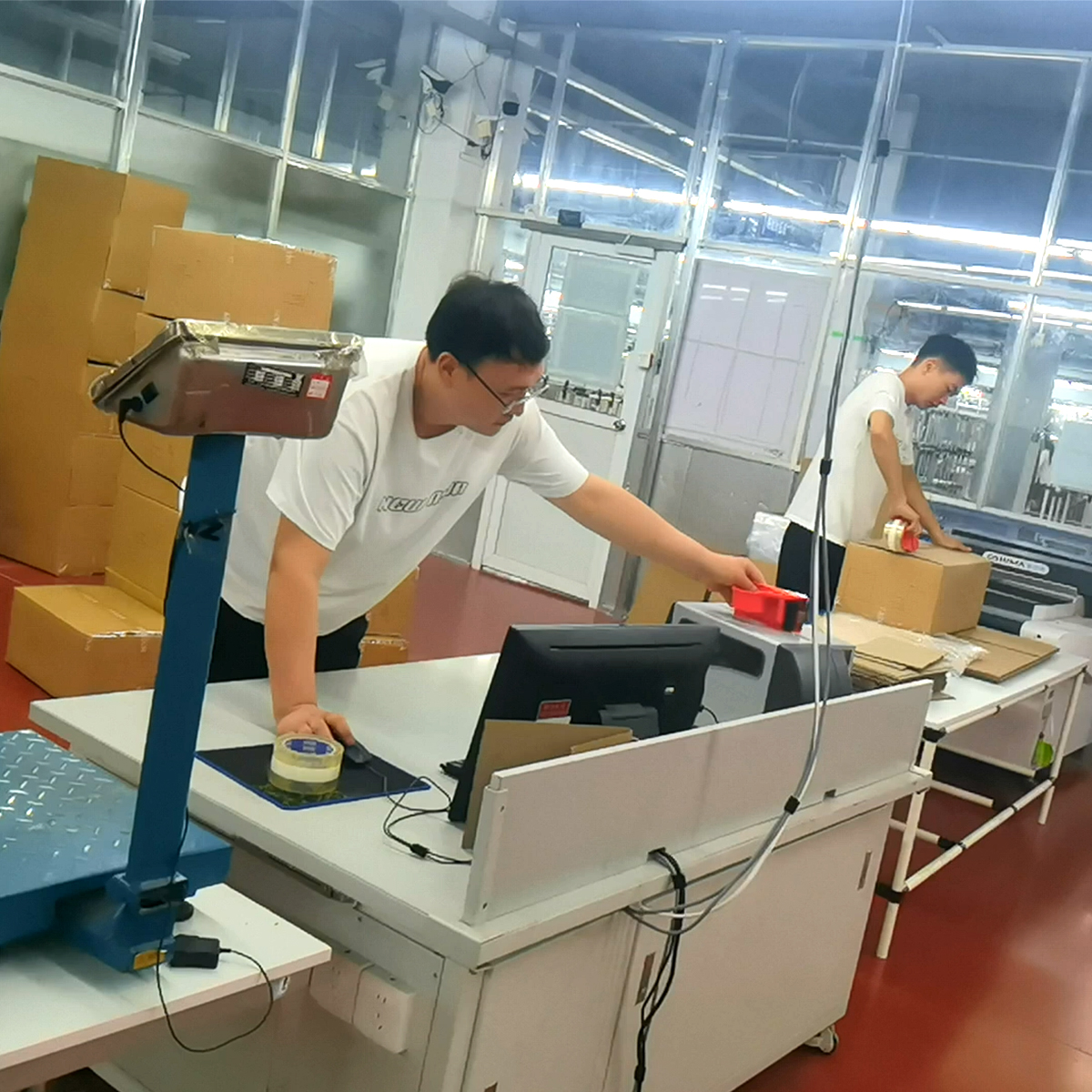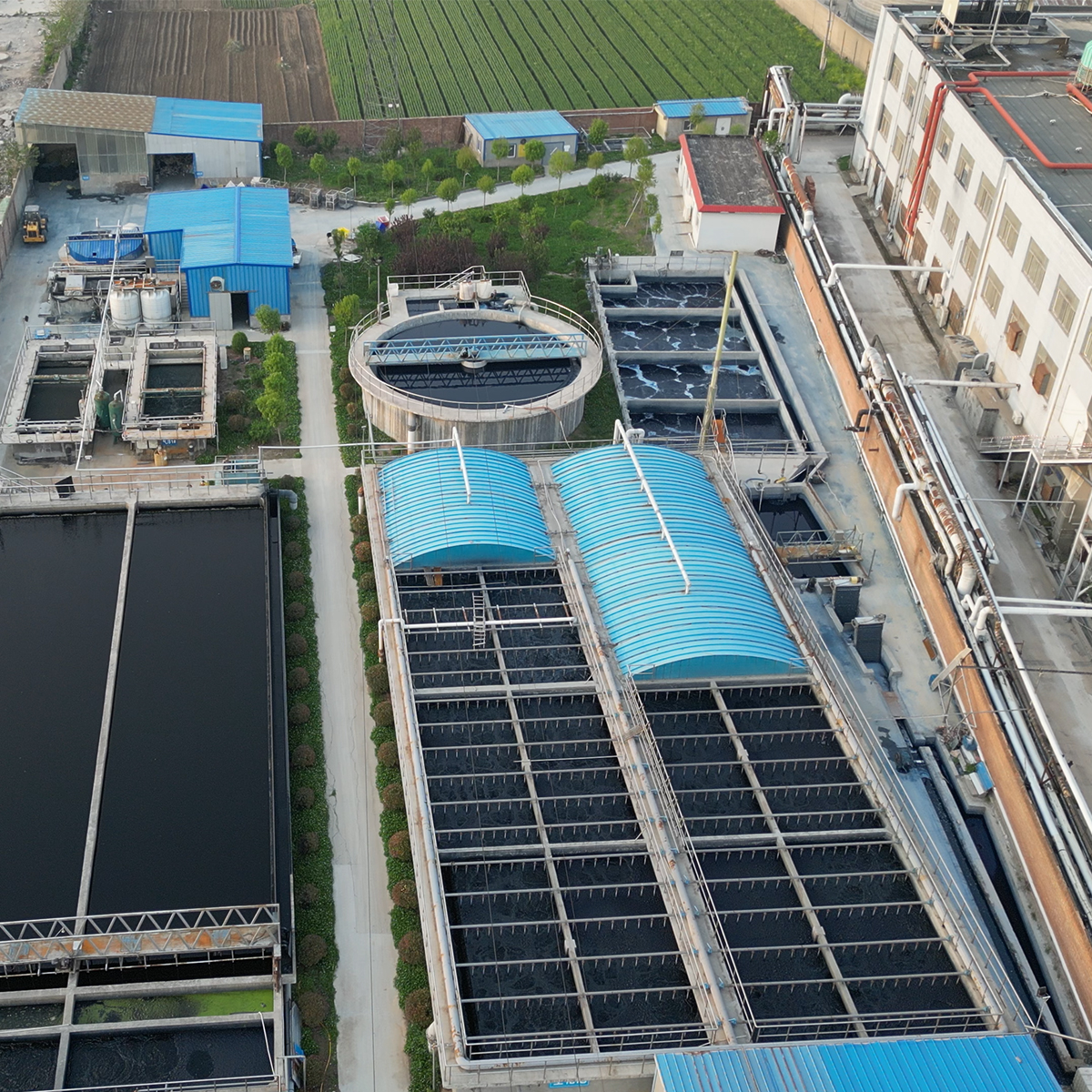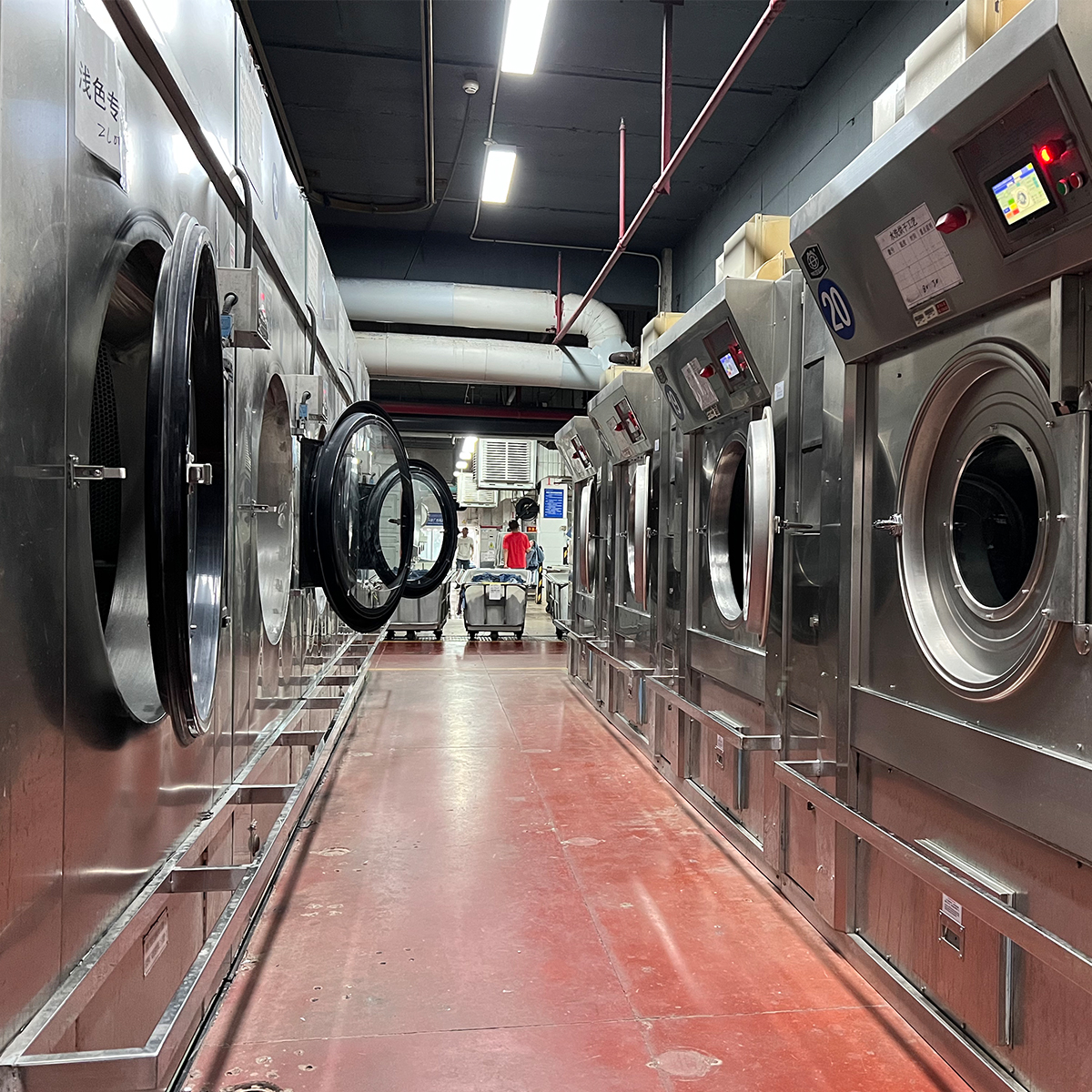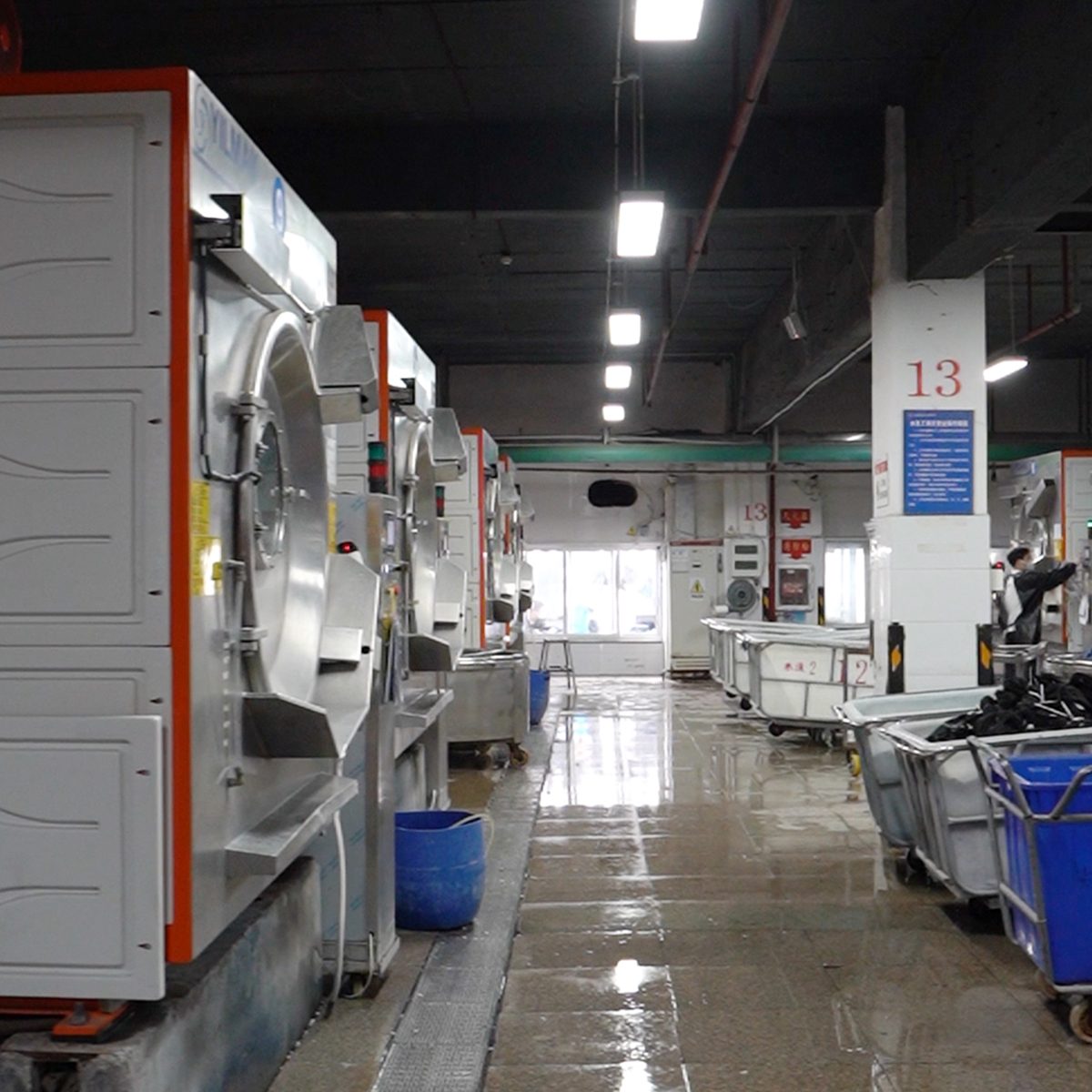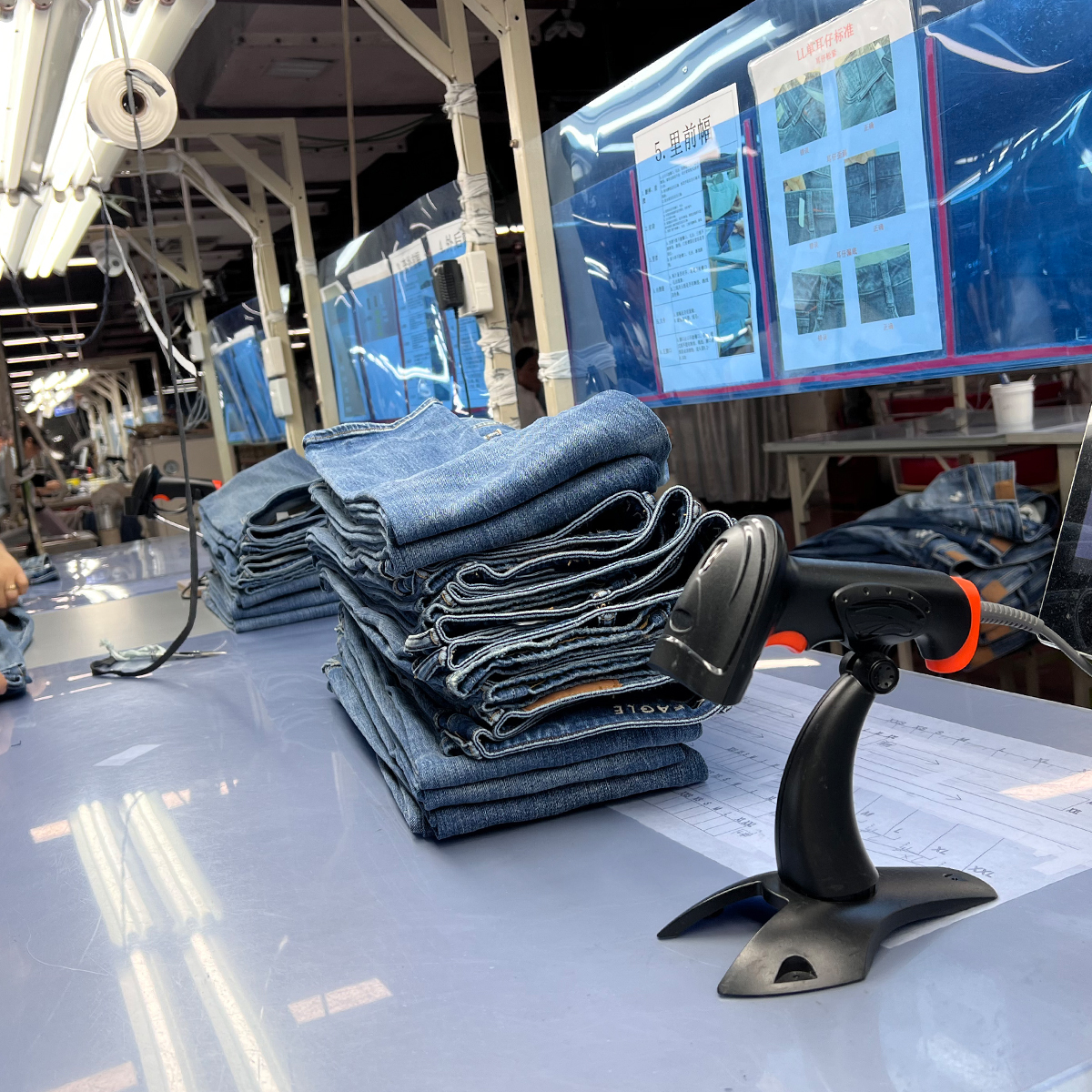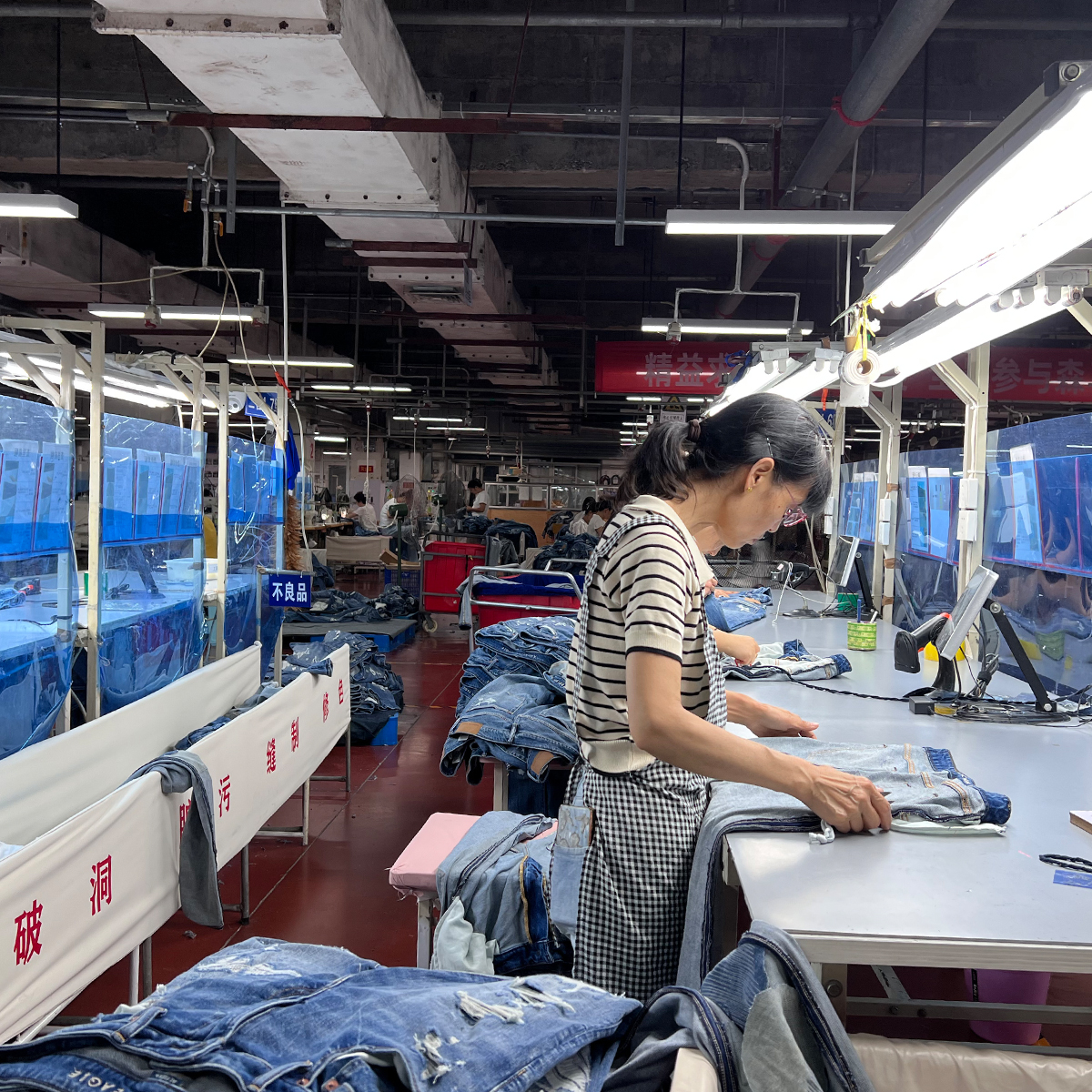Old Navy, a well-loved clothing brand under the Gap Inc. umbrella, is recognized for its trendy styles and affordable prices. Among its vast array of clothing items, Old Navy jeans have carved out a niche for themselves, appealing to consumers looking for quality denim without breaking the bank. But as the world becomes more conscious of ethical production and sustainability, the question arises: where are Old Navy jeans manufactured? This exploration not only sheds light on production locations but also touches on the ethical implications and the brand’s commitment to sustainability.
The Global Landscape of Denim Production
To understand where Old Navy jeans are made, it’s essential to consider the global denim industry landscape. Denim is produced in numerous countries across the globe, each with its unique approach to manufacturing. Traditionally, countries like the USA and Japan have held the reputation for high-quality denim production. However, in recent years, many brands, including Old Navy, have outsourced their manufacturing to various countries, primarily in Asia, where production costs are lower.
Old Navy’s Manufacturing Locations
Old Navy jeans are primarily manufactured in several countries, including:
- China: As one of the world’s largest manufacturing hubs, China produces a significant portion of Old Navy’s denim. The scale of production allows for quick turnarounds and mass availability.
- India: India is another critical player in the production of Old Navy jeans, known for its craftsmanship in textile production.
- Vietnam: Vietnam has emerged as a preferred location for many denim brands, including Old Navy, due to its competitive pricing and skilled labor force.
- Bangladesh: In recent years, Bangladesh has become a hotspot for affordable clothing manufacturing. Many Old Navy jeans are produced in this region, benefiting from lower labor costs.
Ethical Practices and Social Responsibility
With the rise of consumer demand for transparency in manufacturing processes, Old Navy has taken steps to address these concerns. The brand emphasizes ethical manufacturing practices by partnering with factories that adhere to fair labor standards. Old Navy has a strict code of conduct for suppliers, ensuring that the workers producing their jeans are treated fairly, receive reasonable wages, and work in safe conditions.
The brand is also part of Gap Inc.’s larger sustainability strategy, which aims to reduce the impact of its manufacturing processes on the environment. For example, Old Navy has been working to implement water-saving technologies in its production processes, recognizing that the denim industry is often criticized for its excessive water usage.
Sustainability Initiatives
Old Navy has made significant strides in sustainability, aligning itself with growing consumer values that prioritize eco-friendly practices. One notable initiative is their participation in the Better Cotton Initiative (BCI), which promotes sustainable farming methods and seeks to improve cotton production’s environmental impact.
Additionally, the brand has introduced various collections that feature recycled materials and environmentally friendly dyes. By doing so, Old Navy aims to reduce its carbon footprint and promote a circular economy within the fashion industry.
The Denim Production Process
To appreciate where Old Navy jeans are made, it’s important to understand the intricate denim production process. The journey of denim from raw material to finished product involves several steps:
- Spinning: Cotton fibers are spun into yarn, which forms the foundation of denim fabric.
- Weaving: The yarn is woven together in a specific pattern (usually a twill weave) to produce denim fabric.
- Dyeing: The fabric undergoes a dyeing process, often using indigo to achieve that classic denim look.
- Finishing: After dyeing, the fabric is finished with various techniques, including washing, distressing, and adding treatments to enhance the texture and appearance.
- Cutting and Sewing: The finished fabric is then cut into patterns, sewn together, and prepared for distribution as jeans.
Consumer Perception and Brand Loyalty
As consumers become more informed about the origins of their clothing, many are increasingly interested in the ethical implications of purchasing decisions. Old Navy has worked hard to maintain a positive brand image amidst growing scrutiny of the fast-fashion industry.
By prioritizing ethical practices and sustainability, Old Navy aims to foster consumer trust and loyalty. Many shoppers appreciate the brand’s dedication to producing stylish, affordable clothing while making responsible decisions about where and how their products are made.
The Future of Old Navy Jeans Manufacturing
The question of where Old Navy jeans are manufactured is more than a simple inquiry about geography; it signifies a broader conversation about the fashion industry’s future. As global awareness about sustainability continues to evolve, we can expect Old Navy to adapt its manufacturing practices to meet changing consumer demands.
Investments in technology that promote responsible manufacturing and environmentally friendly practices will likely be a cornerstone of Old Navy’s future strategies. Ethical production, transparency, and sustainability will become essential elements in shaping not only Old Navy’s brand identity but also its competitive edge in the ever-challenging fashion landscape.
In conclusion, the journey of Old Navy jeans from their manufacturing locations to the consumers’ closet is complex, reflecting broader trends within the fashion industry. By focusing on ethical practices and sustainability initiatives, Old Navy seeks to carve out a unique space in the competitive world of denim while satisfying the demands for both style and social responsibility.



